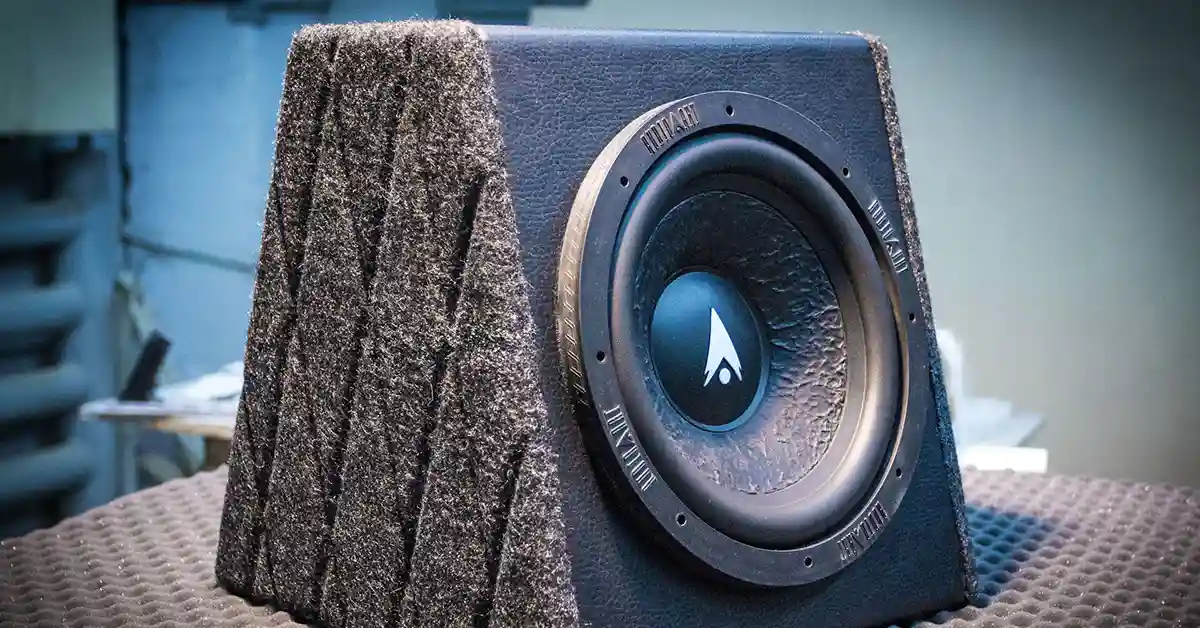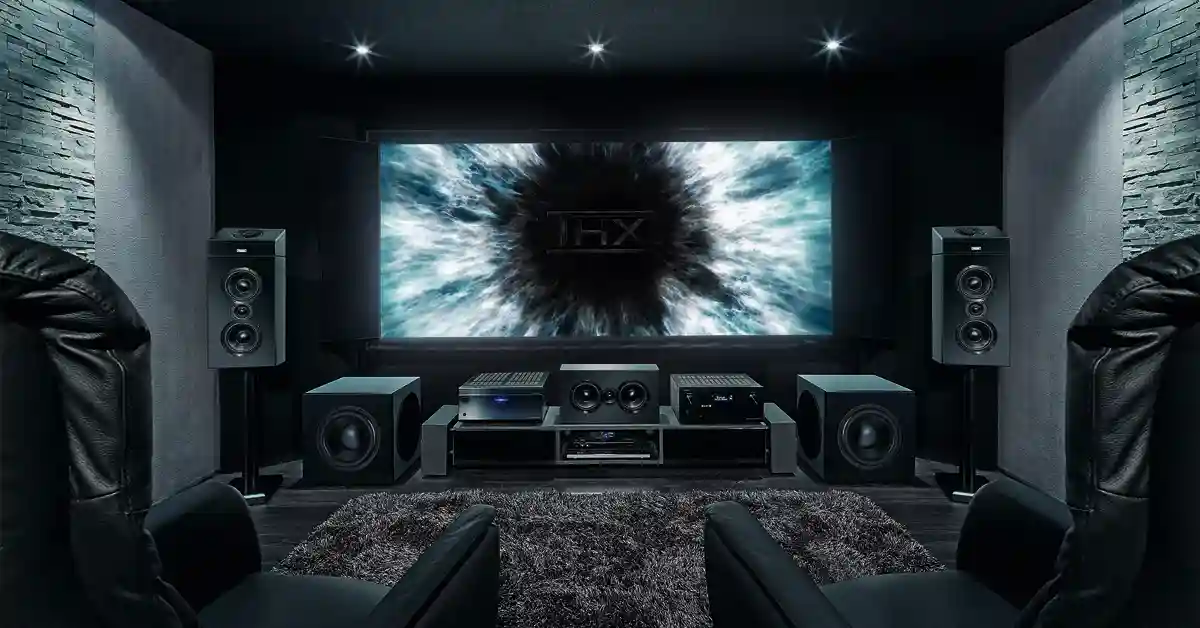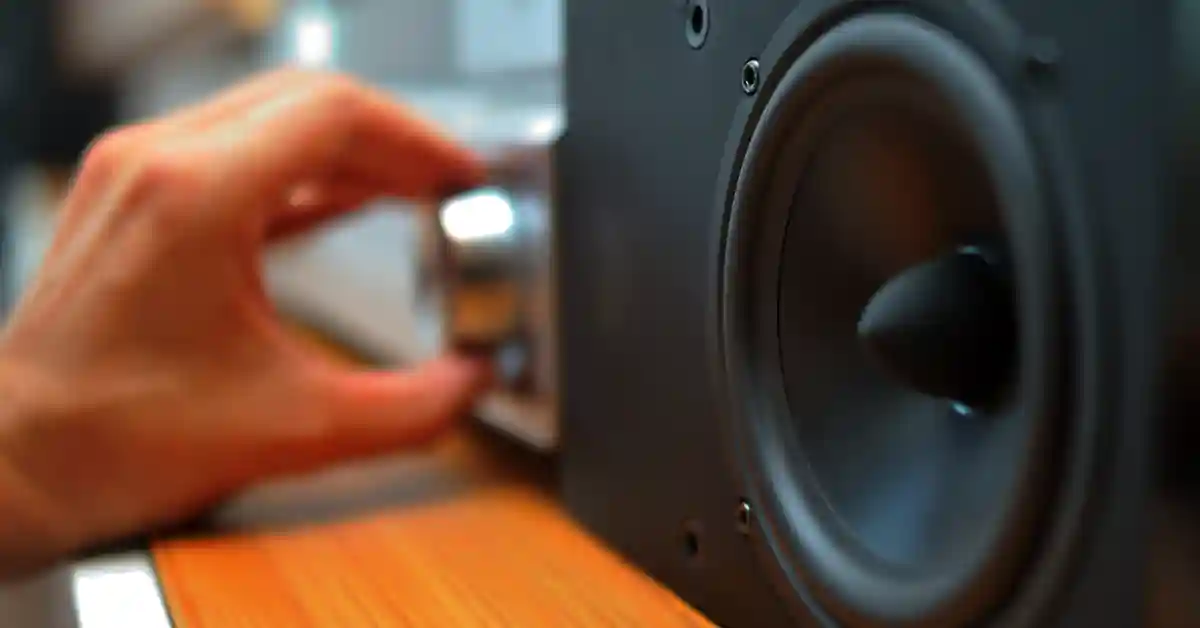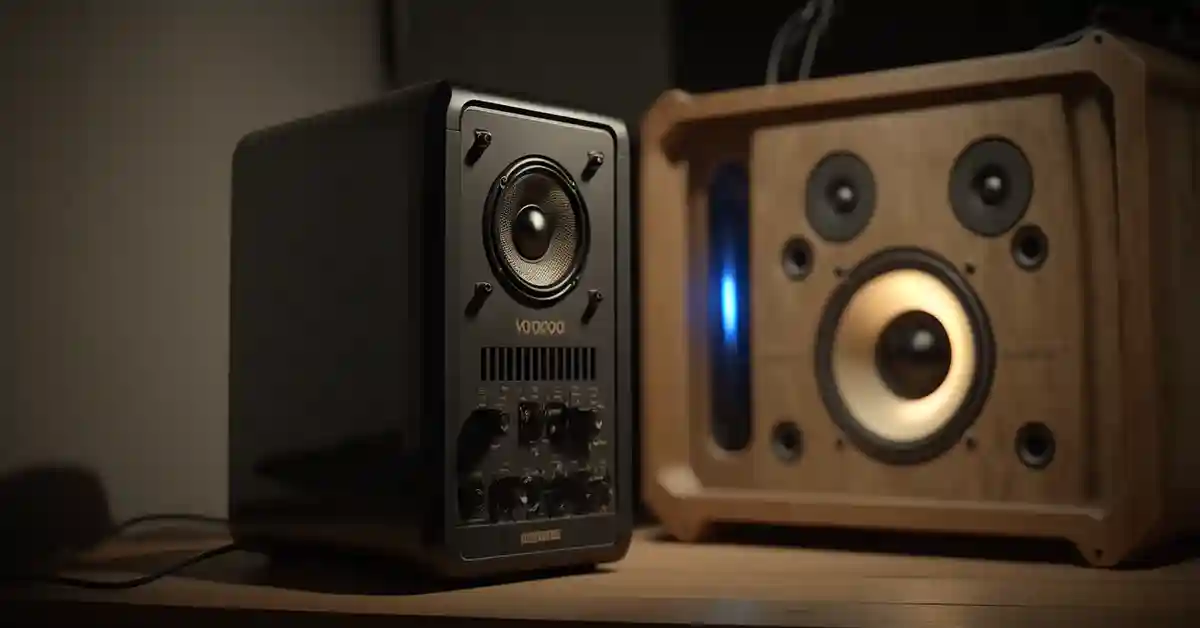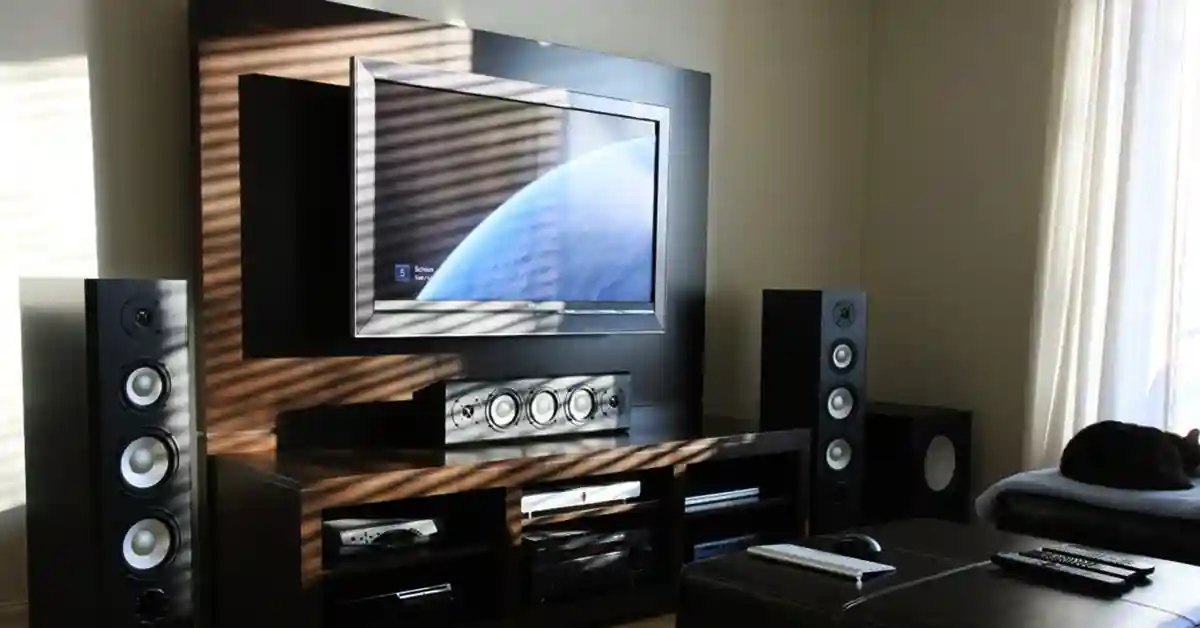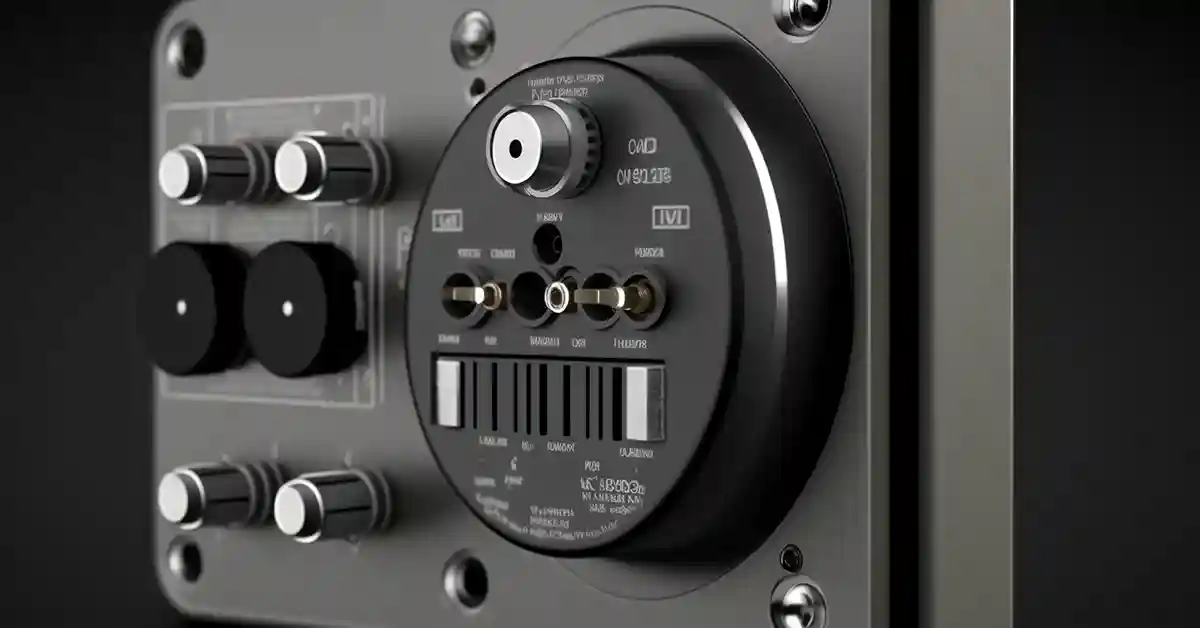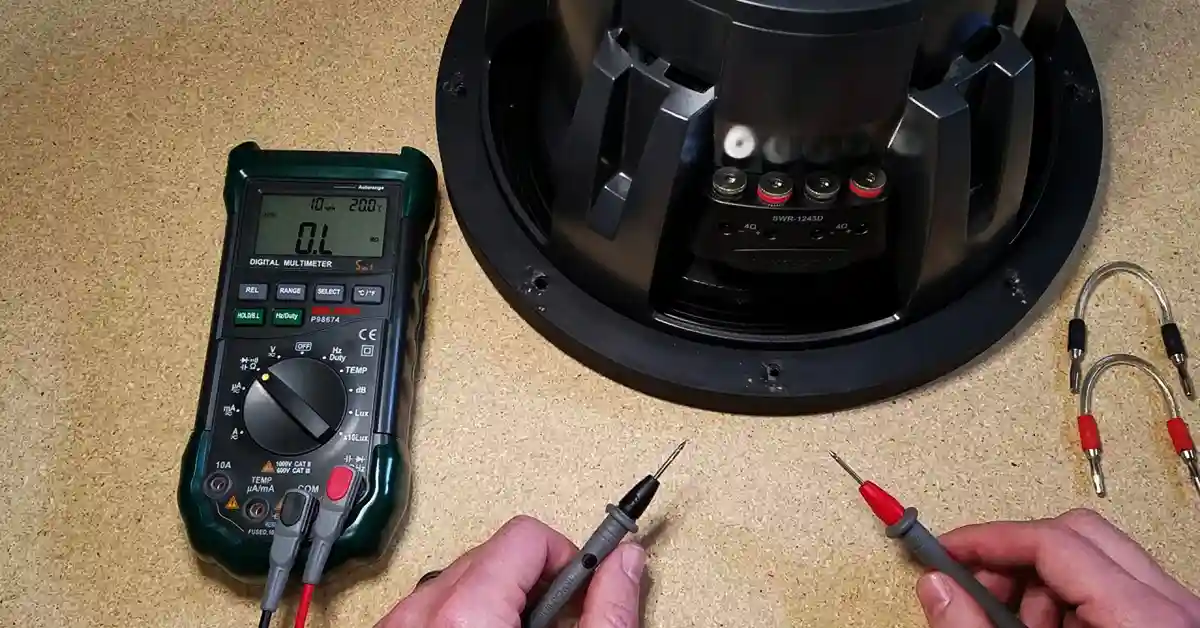How To Measure A Subwoofer
If you love to groove to high-quality bass, then a subwoofer is perhaps one of the best types of speakers you can get, to enhance your sound. It improves the richness of the beats you’re listening to, whether you install it in a car or your home.
Since subwoofers come in all shapes and sizes, determining the right size for the space you have, can be quite tricky. Once you select the right specifications and dimensions using the comprehensive guide given below, you’ll experience sound the way you were meant to!
How To Measure Subwoofer
If you’ve ever pulled up along a vehicle playing such bass-heavy music that your car shakes, then you already know what a good subwoofer does! The bigger the subwoofer, the richer the bass, so determining the space available is critical.
Before measuring the size of the subwoofer, consider the type of subwoofer enclosure you have available so that you can make the best decision. A subwoofer enclosure can be of two types - sealed and ported. The former is perfect if you desire deeper bass and audio that sounds good across all frequencies. On the other hand, the latter is suited specifically for genres like rap.
Different Aspects And Factors Of Subwoofer To Measure
The measurements of a subwoofer don’t revolve solely around the size of its speakers. You need to consider its overall dimensions to find one that fits your sound preference and enclosure type. You will need the following measurements to determine the subwoofer’s overall physical size with a tape measure:
Speaker Diameter
The diameter of the subwoofer can be defined as the entire or complete circular length from one end to the other end of the speaker’s frame. This dimension does not include the mounting lugs of the speaker.
Baffle Cutout Diameter
This aspect takes into account the measurement of the mounting hole, including its length. The baffle cutout diameter is an important measurement, as it will ensure that the mounting plane doesn’t obstruct the woofer surround and cones.
Mounting Height
The mounting height is a measurement of how far a subwoofer’s front facade will project out from its mounting plane. It’s an important dimension, to balance the height of your subwoofer. If it is too low, it can touch surrounding surfaces and vibrate, which negatively impacts the overall sound quality. If it is too high, the sound will not have any impact at all.
Mounting Depth
As opposed to the mounting height, the mounting depth of a subwoofer is a measurement of how far its rear projects out from the front mounting plane.
Need For Knowing The Subwoofer Size
It’s no secret that size matters in the realm of subwoofers. Subwoofers can be broadly classified into two - compressed horn and regular. Compressed Horn Subwoofers are those that are less than 10 inches in size. These are ideal for cars, boats, and motorcycles, as they are lightweight and have a smaller cone. They can require 150 to 100 watts to operate.
Regular subwoofers are bigger than 10 inches and are ideal for home theatres as well as car audio systems. They can deliver a bass quality that compressed horn subwoofers can’t match. However, they’re heavier, take up more space and require power between 600-5000 watts. Therefore, it’s important to determine the precise measurement, to get the best experience out of a subwoofer.
Subwoofer Sizes Explained
The most popular subwoofer sizes are listed below:
8-Inch Subwoofer
These are the smallest and the most basic subwoofers. These are suitable for low sound needs. Most car manufacturers provide these woofers. These pre-installed speakers are ideal for small cars as these can be fitted under the seats.
In simple words, this is a good option for people who look for clean and clear sound or bass rather than loud sound. A person will be required to install a pair of door speakers to get the best performance.
10-Inch Subwoofer
The most popular and demanded woofer size is ten inches. They are easy to install and set up. They come with more bass, power, and better sound quality. They are best suited for music genres such as jazz, pop, and blues.
12-Inch Subwoofer
Music lovers also prefer 12-inch speakers for greater versatility and bigger bass. An additional benefit of these speakers is that they generate great frequencies and are ideal for slow-paced and romantic (classical) music. RnB, rhythm, blues, and rap are the most appropriate genres for 12-inch subwoofers. These are also helpful in preventing any extra noise from the 12 or 13-inch woofer.
15-Inch Subwoofer
These are the monster class woofers that offer the greatest bass with minimal extra port noise. A significant downside of these speakers is that they have poor responsiveness. These are suitable for big cars like SUVs, trucks, etc., due to their big size.
Determining Subwoofer Size
Method 1: Measure Subwoofer Dimensions
- Step 1: The first step involves the removal of the subwoofer from the enclosure. Take a screwdriver and start removing the screws from the enclosure (screw holes). Follow the process until the driver is completely detached.
- Step 2: The measuring process starts by keeping the subwoofer with the cone facing upwards. Through this position, a person will be required to measure the mounting depth of the speaker. This will give an approximation of the placement of the woofer.
It will give you an idea of where to keep the subwoofer and how far or near the speaker will be placed. The measurement should start from the top and end on the bottom of the speaker, including the plastic plate or circular metal frame.
- Step 3: The next crucial step is to get the mounting height of the speaker. This measurement includes the highest point of the speaker. Place it on the ground with its broad part facing upwards. From the tip of the speaker, take the inch tape downwards till the bottom flat metal end of the speaker. This will avoid any damage to the subwoofer once placed.
- Step 4: The final step is to find out the diagonal aspects of the bass speaker, i.e., the distance between the two mount holes. In other words, the cutout diameter measurement is the last step in understanding the total size of the subwoofer.
Method 2: Measure Mounting Holes
- Step 1: Take the measurements of the external diameter of the subwoofer. Make sure that the actual hole is round.
- Step 2: This step is crucial in finding the location or place to mount the subwoofer. It involves measuring the inner diameter of the hole. Take the length and breadth of the mounting hole accurately to smoothen the installation process.
- Step 3: Understanding the screw pattern and subwoofer box dimensions is the final step in determining the speaker size. The person should consider the distance between two screws and the diagonal space between the walls.
Most Important Things To Consider While Measuring Subwoofer
The following points highlight the factors to consider while measuring a subwoofer.
Subwoofer Voice Coil Impedance
At the core of every subwoofer’s functioning is the voice coil - it’s just like the voice box we have! The voice coil handles any electrical resistance and performs most of the work in your woofer. Its resisting property is known as voice coil impedance and it is measured in ohms.
If a subwoofer’s impedance is lower, it means that it’s easier for the amplifier to supply power to it. If the impedance is too high or too low for the subwoofer amplifier it can overheat the amplifier and cause it to shut down. So, before wiring your subwoofers, consider the specifications of the subwoofer amplifier.
Cabinet Size And Speaker Shape
Even if the diameter of the subwoofers is taken accurately, there are chances that the speaker does not fit in the enclosure. This is due to the improper measurement of cabinet size, speaker size, or the depth of the speaker.
Recession Of Enclosure Hole
People should ensure that the subwoofer has two diameters - a smaller and a larger one. If it contains these two diameters, the enclosure hole is recessed.
FAQs
How Do You Measure A Subwoofer Size?
There are four key aspects to consider to measure the subwoofer size accurately. These components are mounting height, mounting depth, cutout diameter, and speaker diameter. You can measure these with a tape measure and ruler.
How Is Subwoofer Distance Measured?
Subwoofer distance refers to the ideal distance for placing your subwoofer, for optimal sound quality. As a general rule of thumb, you can place your subwoofer at a distance of one-two times the port diameter, from a wall. So, if the sub has a 10-inch port, you can place it 10-20 inches away from a surface.
How Wide Is A 12-Inch Subwoofer?
A 12-inch subwoofer refers to the measurement of the external diameter of the circular metal frame in front of the speaker. It will require a subwoofer box of approximately 23.63” width, 13.78” height, and 16.42” depth.
Is A 10 Or 12-Inch Sub Better?
A 10-inch subwoofer is ideal for a bass enthusiast who wants an upgraded sound system but doesn’t have a lot of space available. However, if you have enough space you can opt for a 12-inch sub as it offers a richer bass response and works with various frequencies.
What Size Sub Should I Get?
The subwoofer size that’s ideal for you, will depend on several aspects including existing speakers, the bass quality you require, and space. A 12-inch subwoofer is considered best as it works with various frequencies and generates deeper bass. However, if your audio system has compact or bookshelf speakers, you can pair it with smaller woofer sizes like 8 or 10 inches, for balanced sound.
How To Measure Subwoofer Cutout Diameter?
To measure the subwoofer’s cutout diameter, flip its speaker upside down so that the widest part of the cone faces down. Next, measure its widest part from one mounting hole to the next.
How To Measure Subwoofer Mounting Depth?
Mounting depth can be measured using either a tape measure or a ruler. Extend the tape from the bottom of the speaker to the mounting frame, that is, the flat metallic or plastic part of the cone. Measure both the top and bottom mounting depths.
Conclusion
The right subwoofer size for your enclosure will help you have the perfect, high-quality bass experience. Each size of subwoofer has a specific environment it shines in, so it’s necessary to have all the right dimensions including mounting height, cutout diameter, and mounting depth, to enhance your overall sound system in your home theater or vehicle. Find the right size with our guide and revel in the vibrant, all-encompassing sound of your sub!
Related Articles

